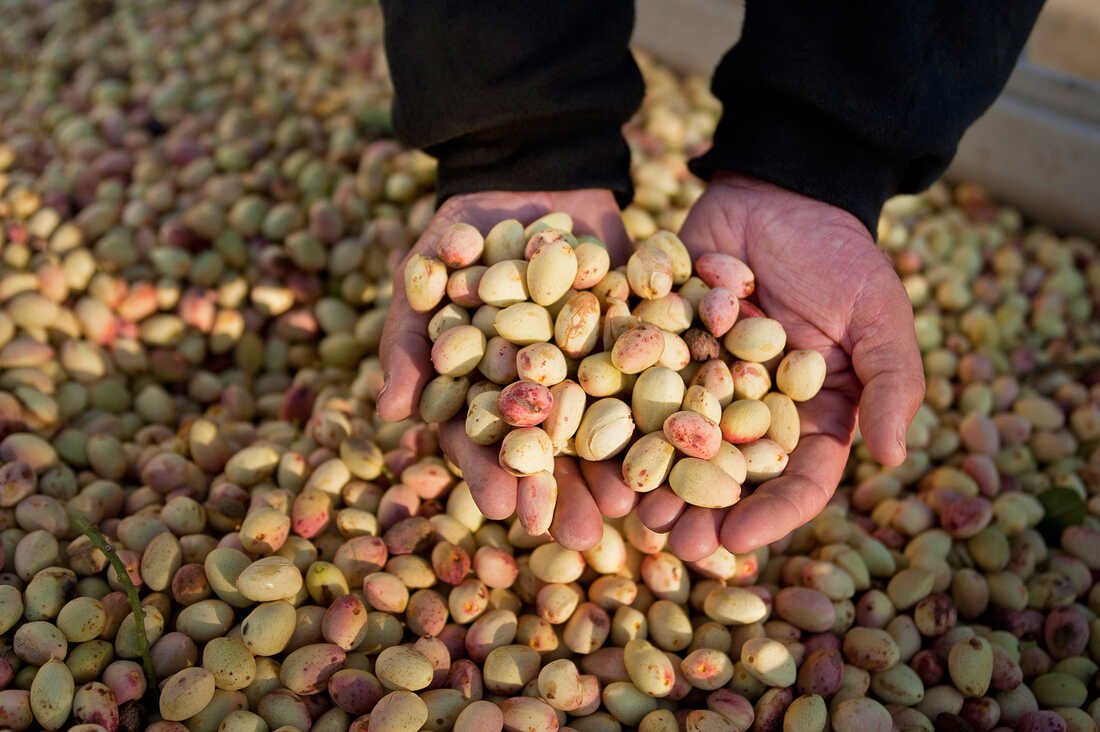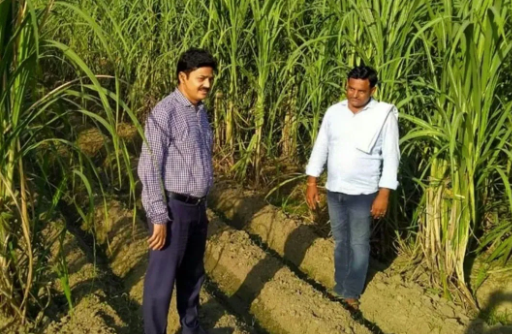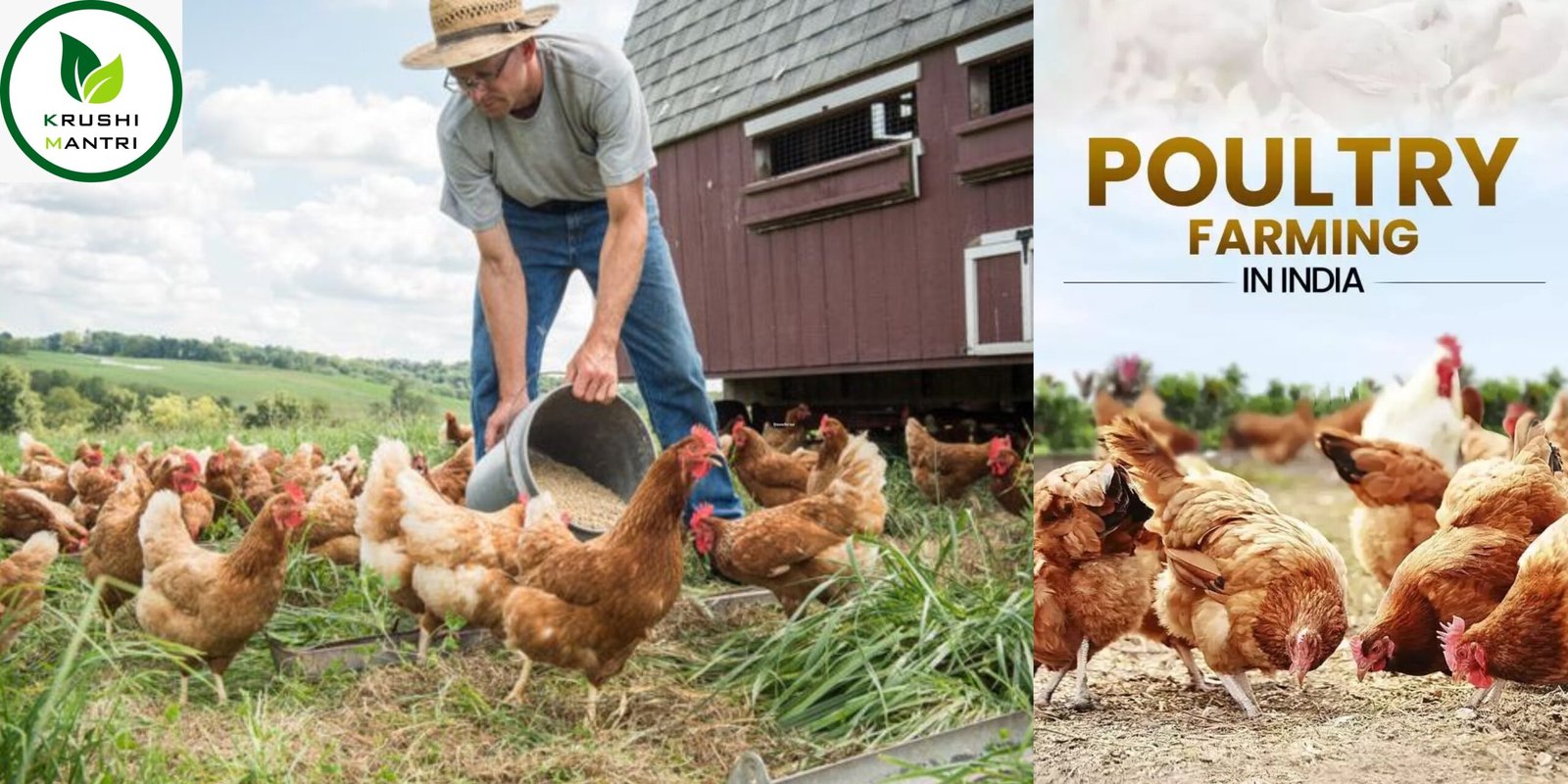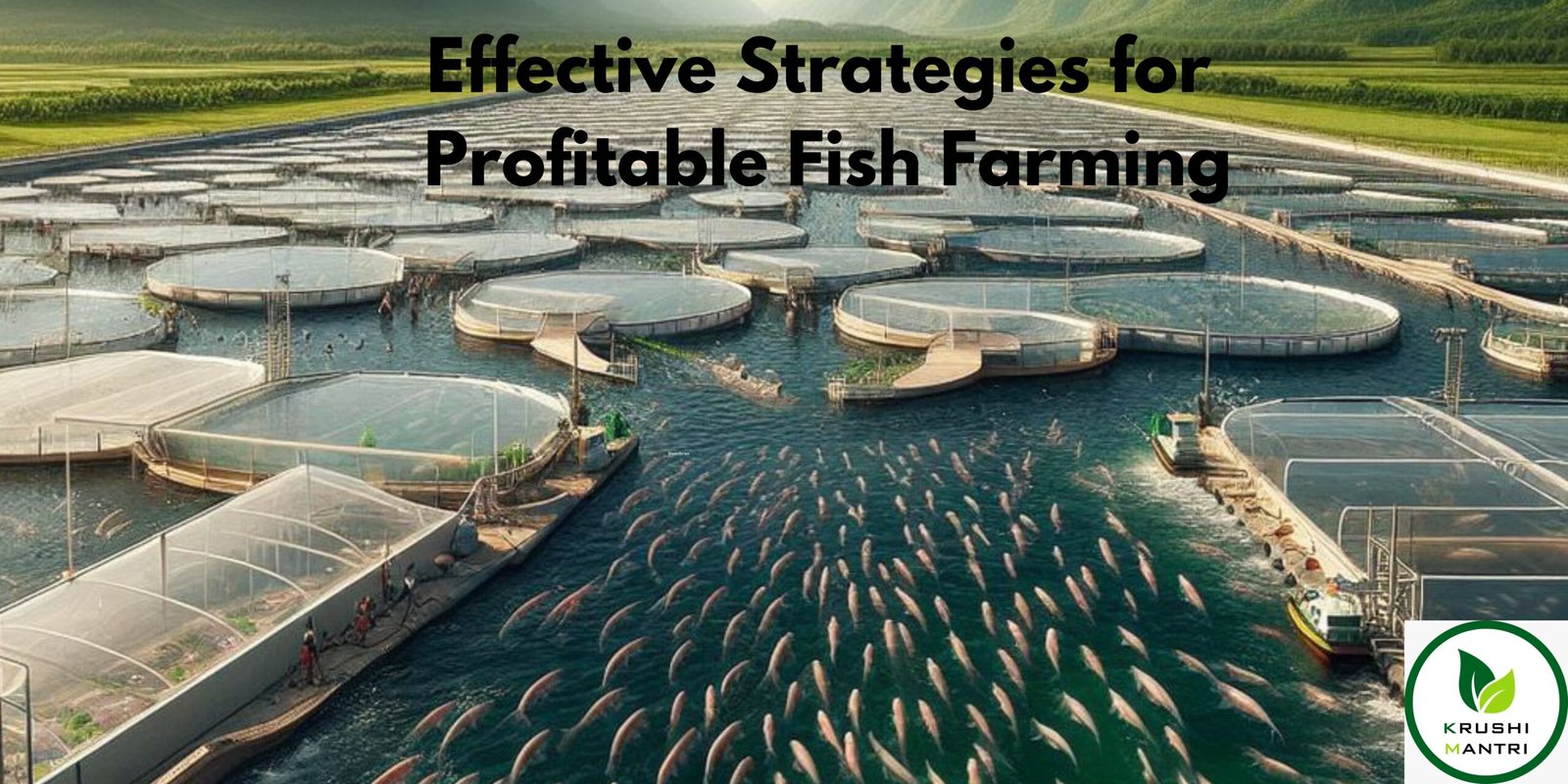Vinod Patil
A dedicated agronomist with a passion for sustainable farming, our author blends traditional wisdom with modern techniques to empower farmers. Through Krushimantri, we share practical insights, innovative ideas, and inspiration for a thriving agricultural future.

Agriculture Department to Launch Ashraya Centres for Enhanced Digital Farmer Services
Ashraya Centres for Enhanced Digital Farmer Services In a significant step towards empowering the farming community, ...

Yawal: Vandals Destroy 1,800 Banana Stems, Causing ₹5.94 Lakh Loss to Farmer
In a distressing incident that has left the farming community in shock, an unknown perpetrator destroyed ...

Overcoming E-Pik Pahani Challenges: Ensuring Farmers Get Their Due Benefits”
The E-Pik Pahani system, an ambitious digital solution designed to revolutionize crop inspections in India, aims ...

Shocking Statistics! 137 Farmers End Lives in Jalgaon Over 10 Months
137 Farmers End Lives in Jalgaon Over 10 Months Jalgaon farmers committed suicide: Jalgaon, known for ...

Where Are Pistachios Grown in India? Exploring the Best Pistachio Growing Zones
Where Are Pistachios Grown in India? India, known for its rich agricultural diversity, is home to ...

A Complete Guide to Pista Farming in India: Everything You Need to Know
Introduction to Pista Farming in India Pistachio farming, or pista ki kheti, has become a growing ...

A Comprehensive Guide to Snake Gourd Farming: Tips, Techniques, and Earning Potential
Snake gourd (Trichosanthes cucumerina) farming is increasingly becoming a profitable venture for farmers, thanks to its ...

Everything You Need to Know About Snake Gourd: A Complete Guide
Snake gourd, also known by its scientific name Trichosanthes cucumerina, is a lesser-known but incredibly versatile ...










